#urbaneering
Explore tagged Tumblr posts
Text


Naoki Ito: Urban Nature (2009)
52K notes
·
View notes
Text
Look under the cut to see what meeting your entity is like. Reblog to give a gift to your patron.
The fae: a creature stands before you. Though this street was warm and crowded a few moments ago it is suddenly cold and the people around you look like shadows. The creature begins an antlered shadow with glowing white eyes, but soon its body can be seem, with white blue flesh, and sapphire eyes, and icicles for teeth. What looks like a cloak unfolds from its naked body and you can see massive white wings of a moth. As if it's an act of sacrifice you tell it your true name, a name you didn't even see before, and suddenly you belong to it, for better or worse.
The angel: a radiant entity appears before you. They're bright, like something so hot it would burn you up. But as the light fades, you can see a person in silver armor, perfect yet inhuman like am ancient green statue, their back srouting six wings with blue eyes along them, as the eyes on their head are covered by a mask of two smaller wings. The creature offers their hands and you shake it, as they fly you through the city streets and above the skyscrapers, to the stars above and dimensions beyond, to gods living and dead, across the streets of alien cities and the clouds of dead worlds. And when you return to the earth you can feel something diffrent about you, like there's light in your blood.
The scavenger: below the lights of skyscrapers beyond you, on the dark sands of the beach, you see it crawling twords you. This serpentine creature with countless legs, and a dark black shell, yet a strangely human like face. You think it'll attack or run away, but it just looks at you, egar, and for a momment you stare at eachother. It's legs pass something to eachother and then to you, it's meat but it's shining with all the colors known to the human eye, and a few more. You hold it and it happily looks at you. You take a bite and suddenly you know... you know so very much...
The vampire: she flies down to you on green wings with orange eyespots, but folds them into her back. She looks like a human for a momment, tall and strong, with a black suit over her body, but eyes the color of ruby. For a momment her mouth opens, and it's massive and monstrous, with countless moving parts and fangs. But then it folds back onto something humanoid and she gives you a playful smirk. She cuts her hand and offers you her blood, and when you drink it it tastes so sweet, and makes you feel so good. She hands you the knife and you know to do the same, and when she drinks from your palm it's life the sweetest of kisses.
The djinn: the room wirs around you. If it were not for the fans it would feel like hellfire. For a momment there it darkness, but then the screen before you glows white like smokeless flame. You can sense something inside, something beyond the code. You reach your hand within it, and there's no glass, your hand passess right through until you're in a white void of your own making. You call out, thinking there is nothing at all around you. Yet somehow something calls back, something that knows your name.
The rat king: You see him in an empty subway station. Something dark and distorted, you're not sure if he's man or animal, covered in rags, and singing in the language of the goblins and the orcs. Yet he comes close to you excited. And you can feel his song. He calls for you to come to the train tracks, and let yourself run with the rats and the roaches, where the train will pass over you when it comes, and you'll live forever. When you touch the third rail you don't die, but you'll never be human again.
The lich: the library is strangely bright. Run by skeletons in suits, decorated with gold. There are more books here then you thought were in all the world. There's knowledge here most mortals will never have the change below, all kept safe below the city. You see her, her body doesn't look human, everything has been replaced making her look more like a joining white doll then a being of flesh. Yet she is dead, you can tell that under the porcelain skin she must be dead, she is dead, and there is the tragedy of death in her eyes. You come closer to her, and she places a black rose within your hair...
The demon: You stand in his office and he stands before you, a humanoid being covered in black scales, with red eyes covering his skin. Yet none are on his head, that remains featureless save for two massive horns. Wings on his back nearly surround you. Countless souls line the walls of his office, looking at you, waiting. After you sign your name you give him yours, you can feel it come away for you forever and your eyes grey and your skin pales. But he puts the jar in a special place for you, you're spacial, he can tell there's something about you that he likes.
The mushroom lord: you walk through the darkness of the forest, the furthest from civilization you have ever been. You come upon a part where the trees all seem dead, that even the cryptids won't go near. Mushrooms fill the ground, and white vein like lines are all over the trees. You feel the need to lay down, and you let the moss and the mushrooms and the worms surround you, and let yourself sink into the soil,, and it feels good. It feels so good...
The witch: You can see them in the Cafe next to you, skinny and small, with a sweatshirt over most of their body, and dark glasses over their eyes. They seem powerful though, and though their body looks young they seem ancient, they seem beyond humanity. You talk to them and they tell you things, and secrets, lost gods, things you never knew you didn't know, both beautiful and disturbing. When it's time for them to go they pet your head, and give you their number. You don't know if you should text them, but you have to, you have to see them again, there's something about them that makes you need to know.
The living clothing: you step into it at first, it looked like a puddle yet shining like silver or chrome. But soon it surrounds you, first just your torso, but soon your head, your entire body. But it doesn't feel scary, it feels like you're being held, held by something beyond your understanding. It whispers to you, and you don't know if you should feel like your being eaten alive, or like you're being protected. You can't help but keep walking.
The abyss: the void is before you, blackness beyond blackness, like the color beyond the field of your vision, stands before your eyes. You stare at it, it's nothing yet you're entranced. It stares back...
#196#worldbuilding#writing#my worldbuilding#my writing#urban fantasy#fantasy#dark fantasy#monster fucker#monster fudger#monster lover#monsters#monster#eldritch#eldrichcore#eldrich horror#angels and demons#demon#fallen angel#angel#faeries#faerie#faecore#fae#fairy#vampires#vampire#vampyr#vampire girl#vampire gf
28K notes
·
View notes
Text
the things that are reported matters. the language used matters. what is left out of the story matters.
40K notes
·
View notes
Text
#tiktok#andrew_the_arborist#urban gardening#urban landscape#ecofriendly#native wildflowers#eco friendly#eco lawn#native plants#garden#gardening
98K notes
·
View notes
Text

Kichen
13K notes
·
View notes
Text

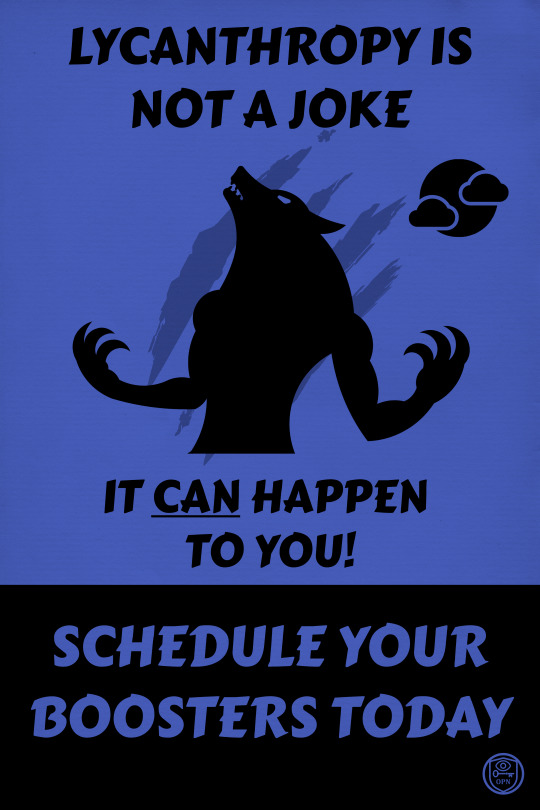
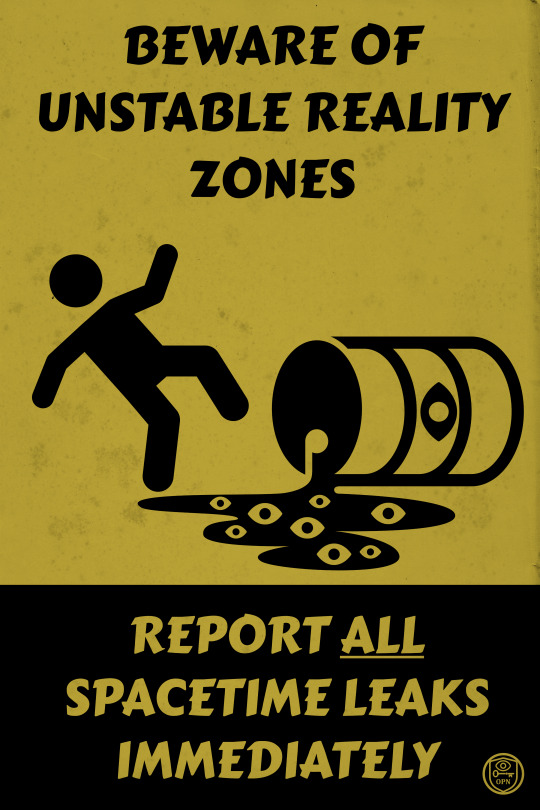



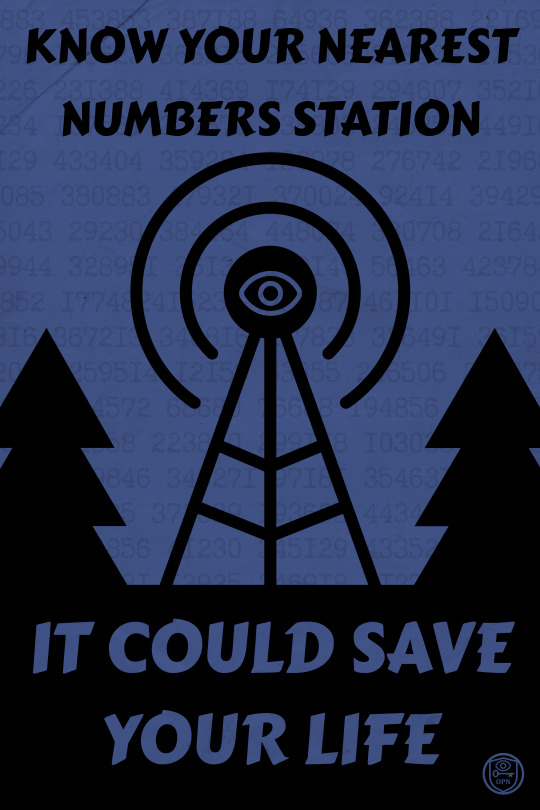
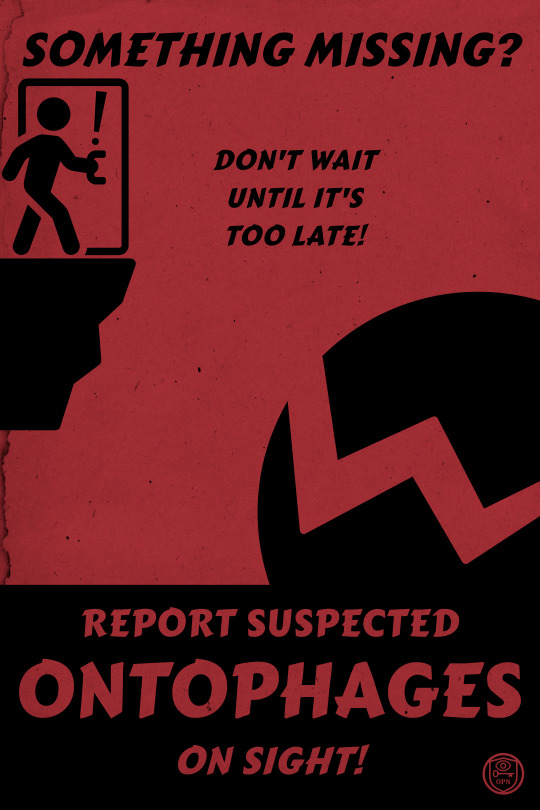


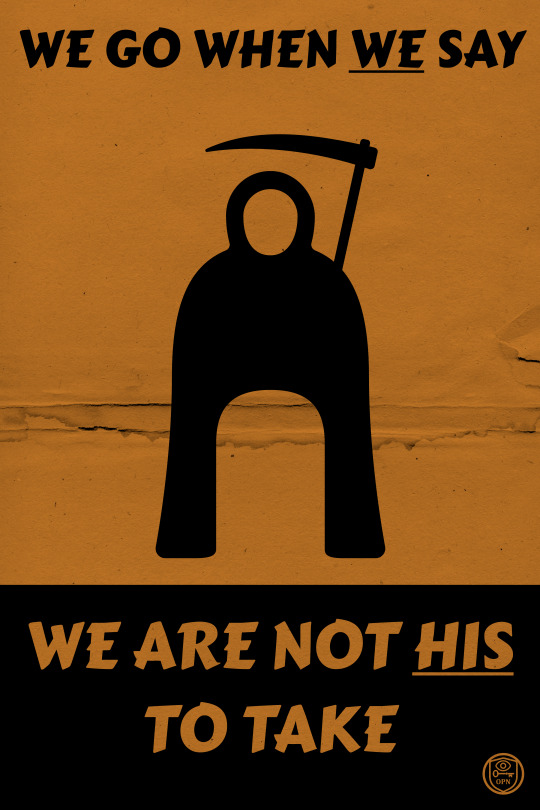
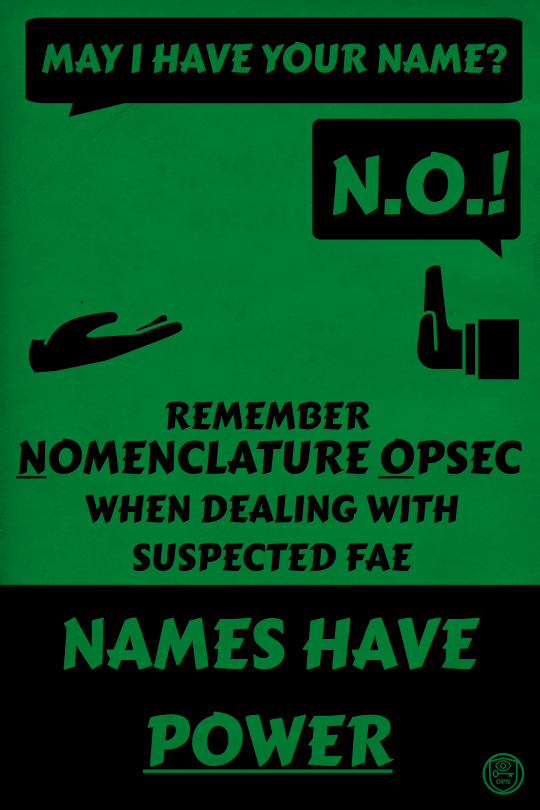
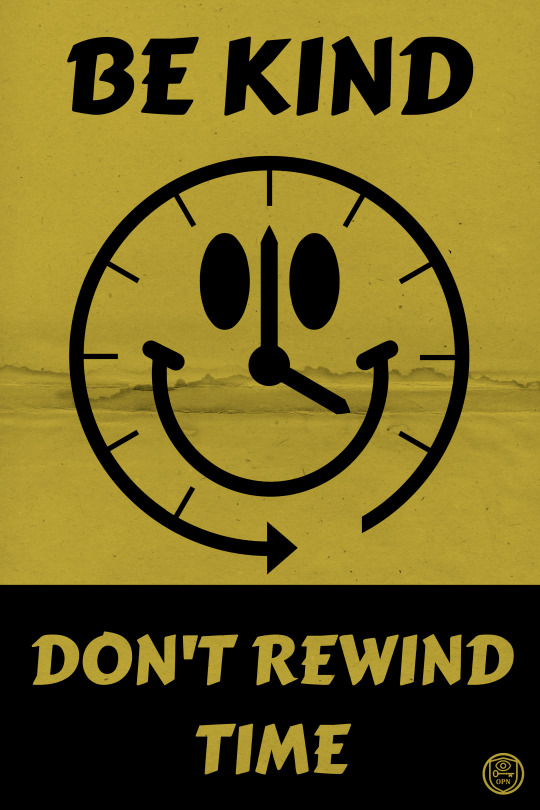


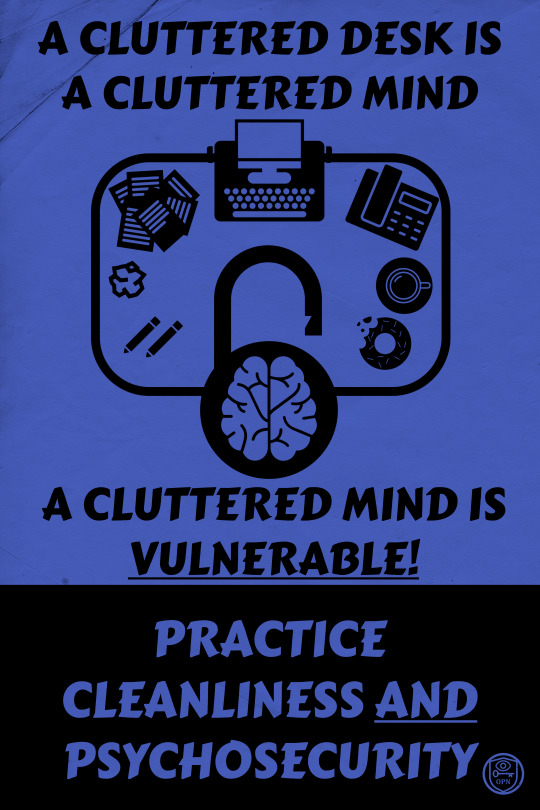
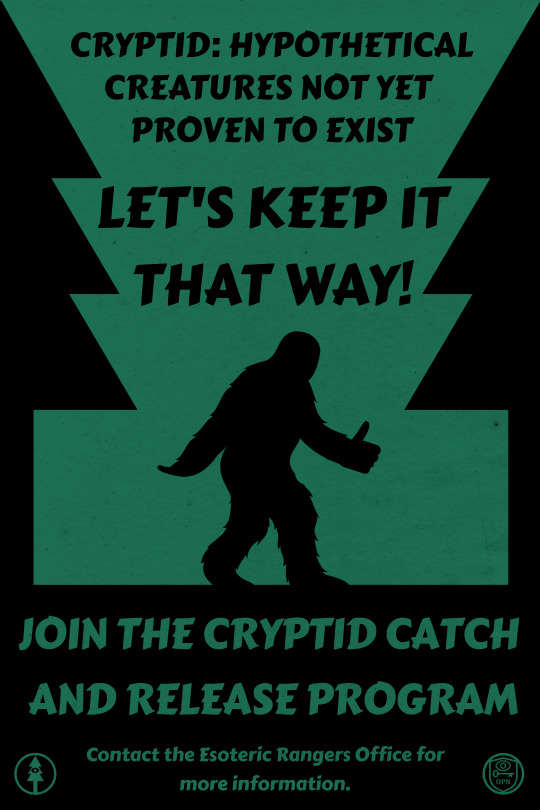
I feel confident enough to post these now. A collection of all the existing posters after some edits from the other post that got 13k notes! These are full size/quality. Go nuts.
You may use them for wallpapers, tabletop campaigns, whatever. Consider tipping me or buying a print or sticker on ko-fi here! If you do use them, let me know what for, or send pictures!
#ooc post#office for the preservation of normalcy#poster design#artists on tumblr#urban fantasy#workplace safety#cryptid#fae#aliens#ufos#demons
116K notes
·
View notes
Text
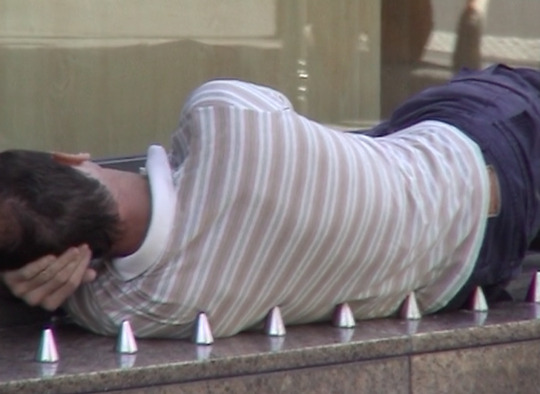
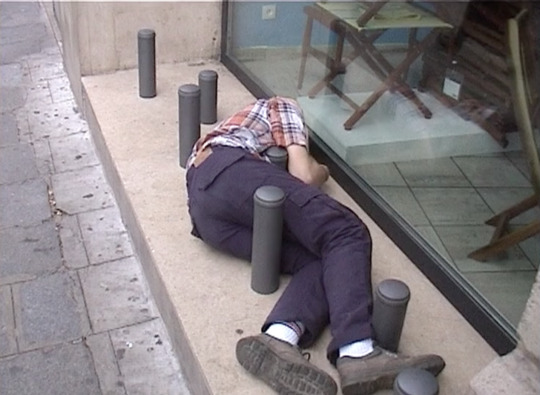
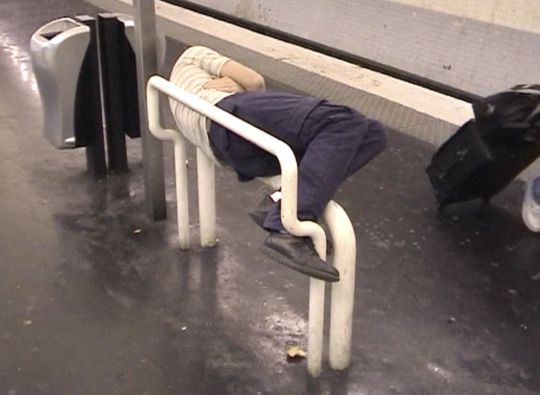
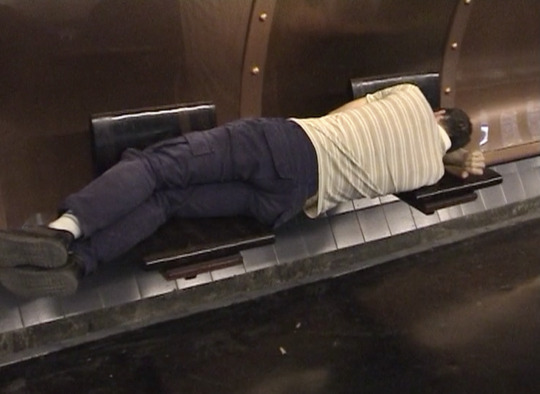
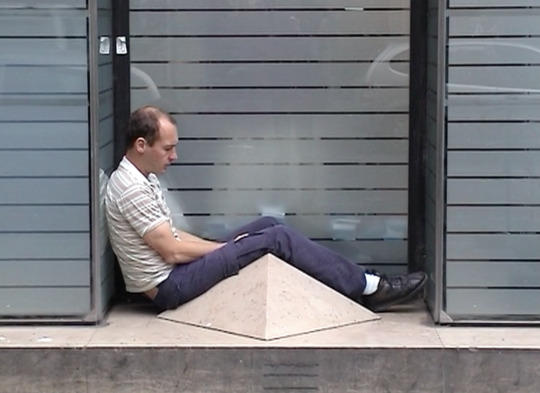

"Le repos du fakir" (2003), Stéphane Argillet and Gilles Paté
50K notes
·
View notes
Text
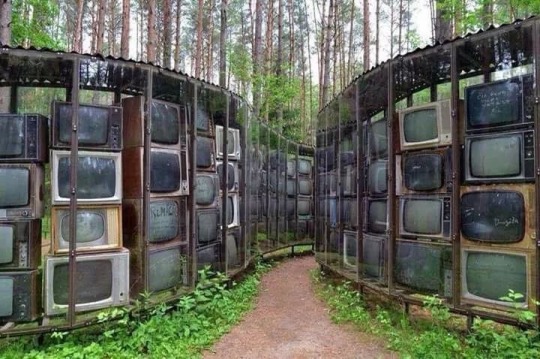
📺 📺📺📺📺📺📺📺📺📺📺📺📺📺📺
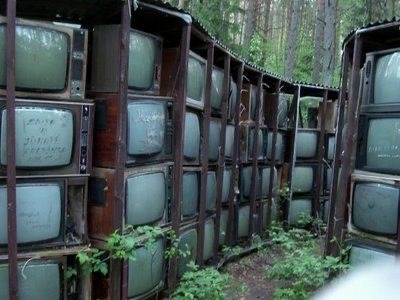
#urban decay#abandoned#urban exploration#urbex#urban nature#remnants#urban photography#ruins#urban landscape#landscape#landscape photography#apocalypse#apocalyptic#dystopia#dystopian#postapocalypse#postapo#postapocalyptic#postapoc#wasteland#wastelands#scifi#fallout#art#postnuclear#fantasy#doomsday#preppers#pandemic#tv
26K notes
·
View notes
Text
Homemaking, gardening, and self-sufficiency resources that won't radicalize you into a hate group

It seems like self-sufficiency and homemaking skills are blowing up right now. With the COVID-19 pandemic and the current economic crisis, a lot of folks, especially young people, are looking to develop skills that will help them be a little bit less dependent on our consumerist economy. And I think that's generally a good thing. I think more of us should know how to cook a meal from scratch, grow our own vegetables, and mend our own clothes. Those are good skills to have.
Unfortunately, these "self-sufficiency" skills are often used as a recruiting tactic by white supremacists, TERFs, and other hate groups. They become a way to reconnect to or relive the "good old days," a romanticized (false) past before modern society and civil rights. And for a lot of people, these skills are inseparably connected to their politics and may even be used as a tool to indoctrinate new people.
In the spirit of building safe communities, here's a complete list of the safe resources I've found for learning homemaking, gardening, and related skills. Safe for me means queer- and trans-friendly, inclusive of different races and cultures, does not contain Christian preaching, and does not contain white supremacist or TERF dog whistles.
Homemaking/Housekeeping/Caring for your home:
Making It by Kelly Coyne and Erik Knutzen [book] (The big crunchy household DIY book; includes every level of self-sufficiency from making your own toothpaste and laundry soap to setting up raised beds to butchering a chicken. Authors are explicitly left-leaning.)
Safe and Sound: A Renter-Friendly Guide to Home Repair by Mercury Stardust [book] (A guide to simple home repair tasks, written with rentals in mind; very compassionate and accessible language.)
How To Keep House While Drowning by KC Davis [book] (The book about cleaning and housework for people who get overwhelmed by cleaning and housework, based on the premise that messiness is not a moral failing; disability and neurodivergence friendly; genuinely changed how I approach cleaning tasks.)
Gardening
Rebel Gardening by Alessandro Vitale [book] (Really great introduction to urban gardening; explicitly discusses renter-friendly garden designs in small spaces; lots of DIY solutions using recycled materials; note that the author lives in England, so check if plants are invasive in your area before putting them in the ground.)
Country/Rural Living:
Woodsqueer by Gretchen Legler [book] (Memoir of a lesbian who lives and works on a rural farm in Maine with her wife; does a good job of showing what it's like to be queer in a rural space; CW for mentions of domestic violence, infidelity/cheating, and internalized homophobia)
"Debunking the Off-Grid Fantasy" by Maggie Mae Fish [video essay] (Deconstructs the off-grid lifestyle and the myth of self-reliance)
Sewing/Mending:
Annika Victoria [YouTube channel] (No longer active, but their videos are still a great resource for anyone learning to sew; check out the beginner project playlist to start. This is where I learned a lot of what I know about sewing.)
Make, Sew, and Mend by Bernadette Banner [book] (A very thorough written introduction to hand-sewing, written by a clothing historian; lots of fun garment history facts; explicitly inclusive of BIPOC, queer, and trans sewists.)
Sustainability/Land Stewardship
Braiding Sweetgrass by Robin Wall Kimmerer [book] (Most of you have probably already read this one or had it recommended to you, but it really is that good; excellent example of how traditional animist beliefs -- in this case, indigenous American beliefs -- can exist in healthy symbiosis with science; more philosophy than how-to, but a great foundational resource.)
Wild Witchcraft by Rebecca Beyer [book] (This one is for my fellow witches; one of my favorite witchcraft books, and an excellent example of a place-based practice deeply rooted in the land.)
Avoiding the "Crunchy to Alt Right Pipeline"
Note: the "crunchy to alt-right pipeline" is a term used to describe how white supremacists and other far right groups use "crunchy" spaces (i.e., spaces dedicated to farming, homemaking, alternative medicine, simple living/slow living, etc.) to recruit and indoctrinate people into their movements. Knowing how this recruitment works can help you recognize it when you do encounter it and avoid being influenced by it.
"The Crunchy-to-Alt-Right Pipeline" by Kathleen Belew [magazine article] (Good, short introduction to this issue and its history.)
Sisters in Hate by Seyward Darby (I feel like I need to give a content warning: this book contains explicit descriptions of racism, white supremacy, and Neo Nazis, and it's a very difficult read, but it really is a great, in-depth breakdown of the role women play in the alt-right; also explicitly addresses the crunchy to alt-right pipeline.)
These are just the resources I've personally found helpful, so if anyone else has any they want to add, please, please do!
#homemaking#homemaking resources#gardening#urban gardening#self sufficiency#self sufficient living#sustainability#sustainable living#homesteading#nontrad homemaker#nontrad housewife#urban homesteading#solarpunk#cottagecore#kitchen witch#kitchen witchcraft#crunchy to alt right pipeline#book rec#book recommendations#resource#long post#mine#racism tw#racism mention#transphobia tw#transphobia mention
27K notes
·
View notes
Text

Dream home 💚
#photography#photographers on tumblr#beauty#naturecore#beautiful photos#beautiful#urban photography#fine art photography#photo#detalis#nature#photoblog#photooftheday#photoshoot#original photographers#travel photography#artists on tumblr#art#cottagecore#my photgraphy
22K notes
·
View notes
Text

'Sphynxe' by Joseph Urban, 1903.
9K notes
·
View notes
Text

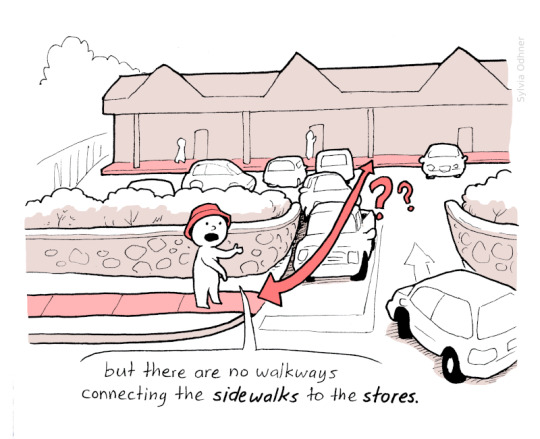
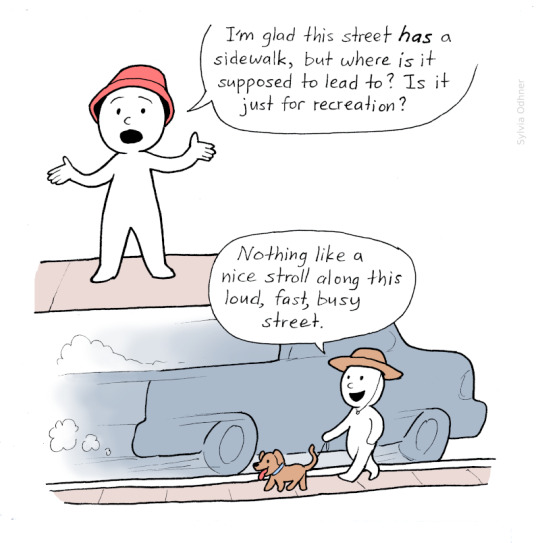
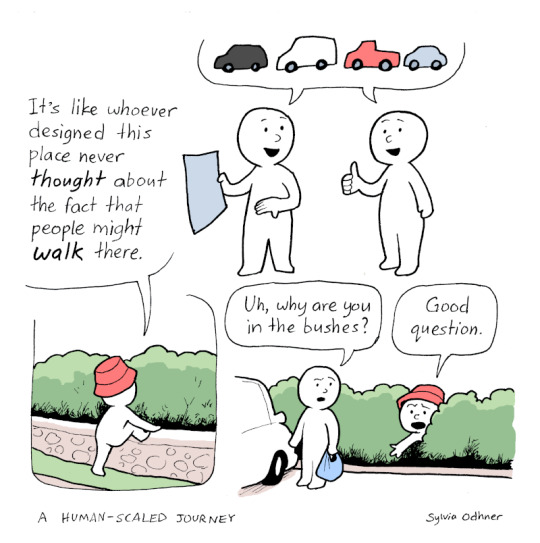
The Shopping Center Disconnect
42K notes
·
View notes
Text
Hmm let me get a poll for something real quick
I want to see how many people have easy access to nature, as I assume most of tumblr lives in urban areas such as cities or large suburbs, and a lot of people seem to not know much about the native species of plants and animals in their area. If you answered several, please reblog with which ones! And if the natural area is not mentioned, add it in a reblog or comment :)
#tumblr polls#my polls#polls#poll#urbanization#nature#ecopunk#please reblog#habitat#natural habitat#forest#desert#beach
13K notes
·
View notes
Text
#196#worldbuilding#writing#my writing#fantasy#my worldbuilding#urban fantasy#cyborg#robot#vampirism#vampyr#vampcore#vampire#vampires#werewolf#werewolves#lycanthropy#aliens#alien#AI#demons#demon#polls#my polls#tumblr polls#random polls#faries#fae#faerie#fae folk
17K notes
·
View notes
Text
Hi lol

8K notes
·
View notes